Learning to read is like a puzzle. A child’s brain has to combine all the phonemes, letters, and pictures 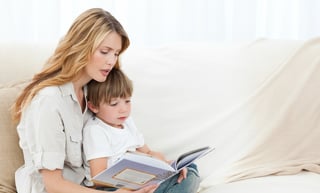 to understand unknown words and learn that the words on the page are describing the pictures on the page.
to understand unknown words and learn that the words on the page are describing the pictures on the page.
One of the best things parents and teachers can do to prepare kids to read is actually give them puzzles to put together. Many times, kids who complete puzzles with ease are also able to put the puzzle pieces of reading together.
There are four main pieces of the reading puzzle that children must put together. Completed in order, children will begin to read and will advance in their reading.1. Children must know the difference between a letter and word. Many children become confused when they point to words on a page, since they do not understand they are actually reading words. They may have a letter/word confusion, or they simply want to invent their own story.
The concept of “one-to-one matching” is where children point to each word they read and only read the words on the page. For some 4 to 5-year-olds, this can initially be a struggle. Using stickers on their fingernails or ring pointers can help them focus on the words, if they are struggling with this piece of the puzzle.
2. When first learning to read, kids must realize the pictures on the page are connected to the words on 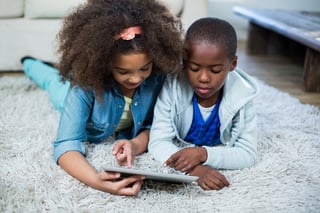 the page. For example, if there is a blue ball on the page, the child has to understand they cannot say “red ball” when reading. It would not make sense.
the page. For example, if there is a blue ball on the page, the child has to understand they cannot say “red ball” when reading. It would not make sense.
A common mistake when teaching kids to read is ignoring the pictures, and solely focusing on the words. Some even cover the pictures trying to get children to focus on the words.
This teaches children the word’s meaning has no importance. They become “word callers.” They can read words, but have no connection to the picture and end up struggling with comprehension.
Always ensure children check the pictures to verify they are checking for meaning. Previewing a book and looking at the pictures also helps with this important piece of the puzzle.
3. Children must combine these steps and perform “cross-checking,” where they one-to-one match and correlate pictures.
Then if they come to a word they do not know, they will say the first sound of the word and check the picture to determine the word. For example, if the child cannot read the word ball, but gets their mouth ready and says “b-b-b” while checking the picture, their brain will put that together and say “ball.” This simply takes practice and reinforcement, guiding your child as you listen to them read.
4. Children develop the ability to monitor their reading and go back and reread when something they read doesn’t make sense. Children begin to do this automatically once the other pieces are in place and they begin attending to all they are reading.
These are the basic strategies and puzzle pieces the brain must put together in order for kids to begin to read and grow in their reading development. The more they read, the more they will grow in their reading.
Children in kindergarten through second grade benefit from being exposed to at least three books each day and as many new books each week as possible. We call this fattening their brain with literature.
As a reading teacher, my goal was to introduce a new book everyday with students who are struggling.
With all child development, every child develops differently. Some children will be reading independently at 4 years old and others may not be reading independently with fluency until 7 years 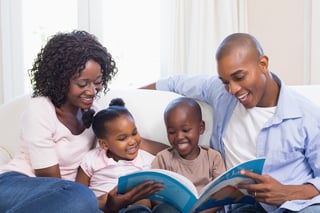 old. The important thing is to always make reading fun and a priority.
old. The important thing is to always make reading fun and a priority.
If you can read together as a family during a set reading time every day, or if you can read with children at bedtime, reading becomes a routine. When parents read to their children at night, the children eventually read at night for their own enjoyment.
If you have any questions about reading development and your child, please talk to your child’s teacher so their teacher can help guide you through this exciting developmental time – when they are learning to read.
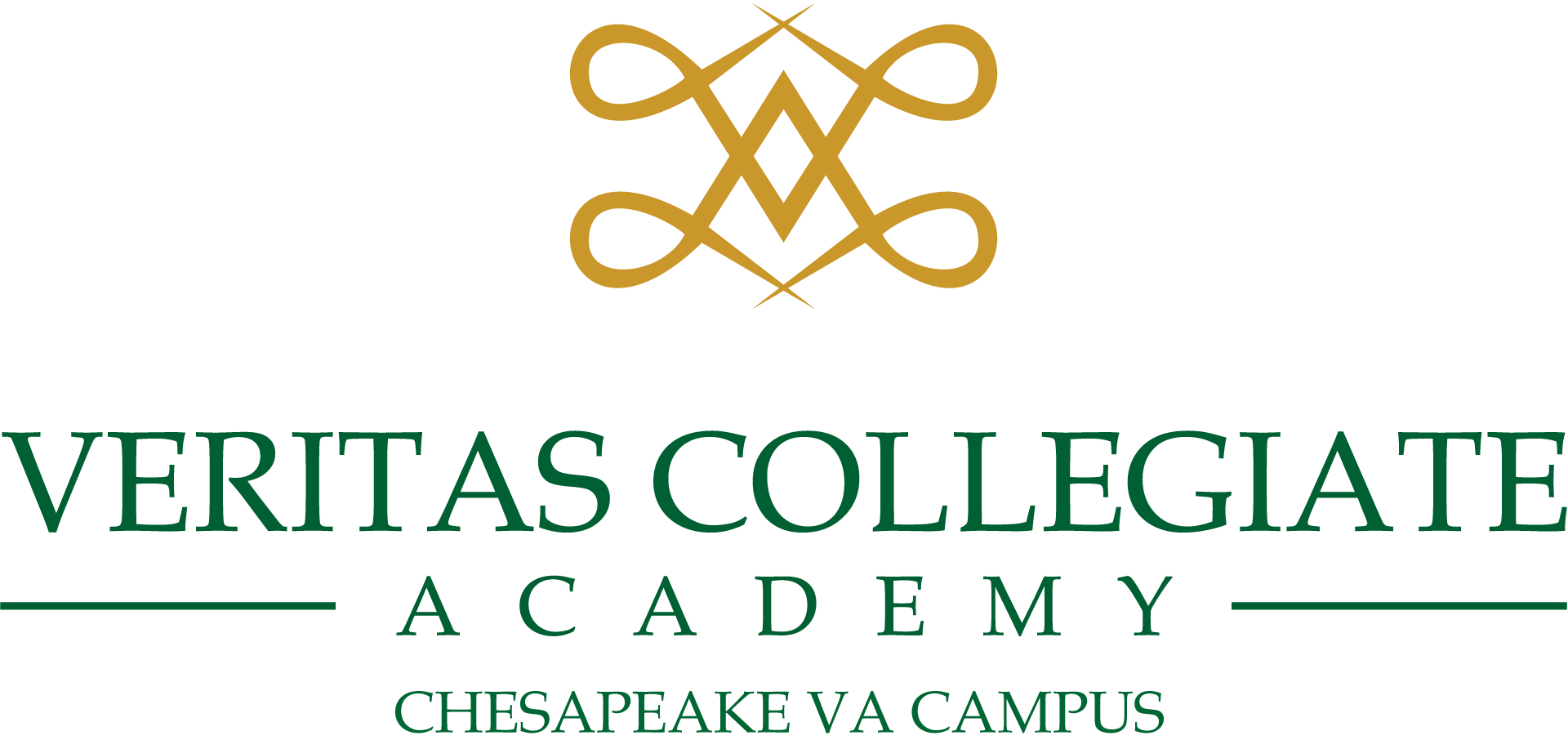
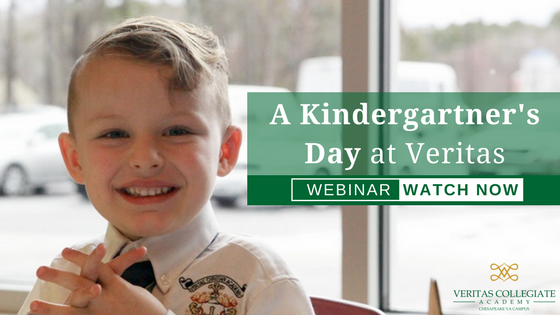
.png?width=1920&name=VCA%20VA%20Logo%20White%20PNG%20(1).png)